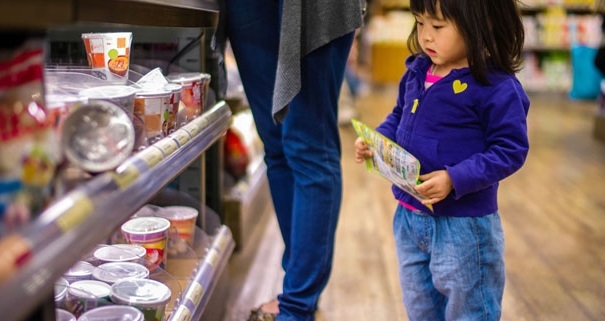Decrease Autism-Related Shopping Meltdowns
Meltdowns happen. But, there are ways to decrease the likelihood your child will have a shopping meltdown. In my previous blog I discuss tips to understand shopping meltdowns. In this blog, I outline simple ways to decrease autism-related shopping meltdowns.
Tend to basic needs first
Before a shopping trip, tend to your child’s basic needs. Make sure they are not hungry, they are rested, and they have received positive interactions with others such as play time with parents, peers, or siblings. Hunger and fatigue make children (and adults) more irritable. Before shopping, you could have a snack with your child and ensure you are attending to and delighting in their positive behaviors. From your child’s point of view, shopping likely means a lot of difficult to manage sensory experiences (sights, sounds, and smells) and adult correction. Therefore, it is important to ensure positive interactions (even for 5 minutes) before a potentially stressful shopping trip.
Use a visual schedule and list
As much as possible, let your child know about the shopping trip before it happens. Visual schedules are incredibly useful for children with autism. Add shopping trips to your child’s schedule, and better yet, try to have a routine grocery shopping or errand day each week. This will help increase predictability for your child. A visual shopping list with smart phone apps, pictures, or clip art can also help your child actively participate in shopping.
Identify meltdown triggers
Identifying meltdown triggers can help caregivers stay one step ahead of potential meltdowns. Some caregivers find that headphones, sunglasses, a soft object to hold, or the child’s favorite foods can help reduce meltdowns. If you observe your child is becoming upset, take a moment to help them calm down before the frustration builds. This may require a pause in shopping so a full meltdown does not occur.
Teach calm shopping behaviors
Children need to learn what behaviors are expected. Some children need explicit teaching and modeling. Social stories and video modeling can help children learn appropriate social behaviors. Video modeling can include having your child watch a video of another child successfully shopping with an adult or a short clip of themselves engaging in calm behavior while shopping. Children may need specific reminders and prompts at different points of the video to ensure understanding. Parents can also attend to calm behaviors during the shopping trip with praise (“Nice inside voice!”) and positive gestures such as a high five, or introducing small portions of food for the child’s “calm” behaviors.
Plan
Planning can help prevent meltdowns. Make a shopping list, decide what shopping items are most important so you can get those items first, and try to reduce the total shopping time. If you ensure you have plenty of planned strategies to help your child stay calm, your child can learn how to manage the stresses of shopping.




Leave a Reply
Want to join the discussion?Feel free to contribute!